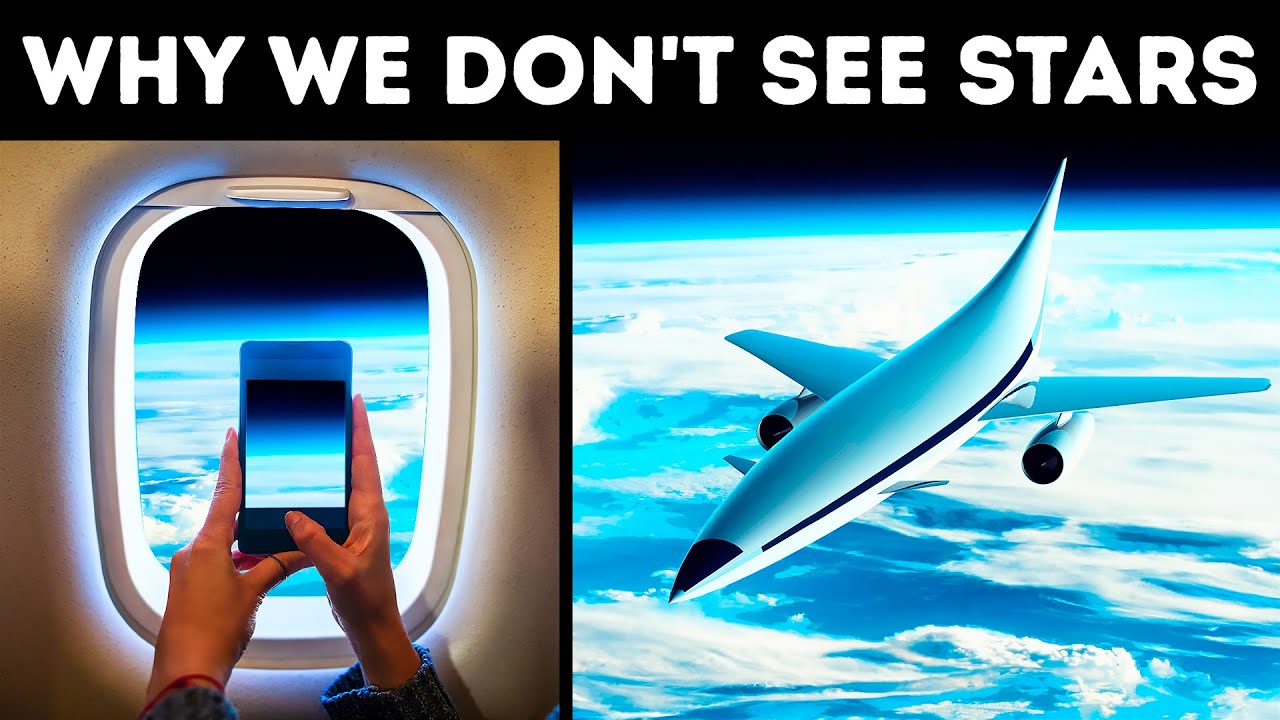If you’ve ever sat by a plane window at night, hoping to spot stars twinkling in the sky, you’re not alone. It’s a breathtaking sight when visible, but often, the stars remain hidden. You may wonder, “Why can’t I see the stars up here?” The answer involves more than meets the eye, as several factors come into play when flying at night. Let’s explore this cosmic puzzle and find out why stargazing from an airplane isn’t as simple as it is on the ground.
The Brightness Conundrum
Stars, those mesmerizing celestial objects that have fascinated us for centuries, are light-years away. Whether you’re watching from your backyard or from 35,000 feet in the air, one problem is universal: competing with the brightness around you.
During the day, sunlight overpowers everything, making stars invisible from both the ground and the sky. The sun’s brilliance washes out the light of other celestial bodies, including stars and even the moon, despite the latter being a mere 384,000 kilometers away.
City Lights Block the View
When flying through the night, you might expect an unobstructed view of the stars. However, flying over a brightly lit city or densely populated area can disappoint. The culprit? Light pollution.
Light pollution, caused by excessive artificial lighting in urban areas, creates a dome of brightness that obscures the natural night sky. This “skyglow” affects stargazing, whether you’re on land or in the air. As a result, spotting stars from an airplane window becomes tricky when flying over illuminated cities.
The Moon’s Glow Overshadows Stars
While a full moon is stunning from the ground, it can become an obstacle to stargazing when you’re in the air. Its intense glow washes out the stars, much like how sunlight does during the day. With the moon flooding the sky with light, stars are easily outshone.
Cabin Lighting: Another Hurdle
The cabin’s interior lighting also plays a role in diminishing your stargazing experience. These lights, necessary for safety and comfort, interfere with your ability to adjust your eyes to the night sky’s darkness. As your vision adapts to the brighter cabin, it becomes harder to pick up the faint glow of distant stars.
Catching a Glimpse of the Stars
Despite these challenges, it’s still possible to catch a glimpse of stars from an airplane. By making a few adjustments, you can improve your chances of enjoying some celestial sights:
Dim the Cabin Lights: Try turning down or turning off the cabin lights if possible. This helps your eyes adapt to the darkness, making it easier to see the stars.
Block Ambient Light: If adjusting the cabin lights isn’t an option, use a blanket or piece of clothing to shield yourself from the surrounding light. This creates a darker environment, allowing your eyes to focus better on the stars.
While these tips may not fully replicate the clear skies you experience on the ground, they can help improve your night-sky views from high above the Earth.
So, the next time you’re on a nighttime flight, remember the various factors at play in obscuring the stars. From the overpowering sunlight to light pollution and moonlight, the barriers are many. However, with a bit of patience and creativity, you can still unlock the beauty of the night sky from 35,000 feet. Happy stargazing!

